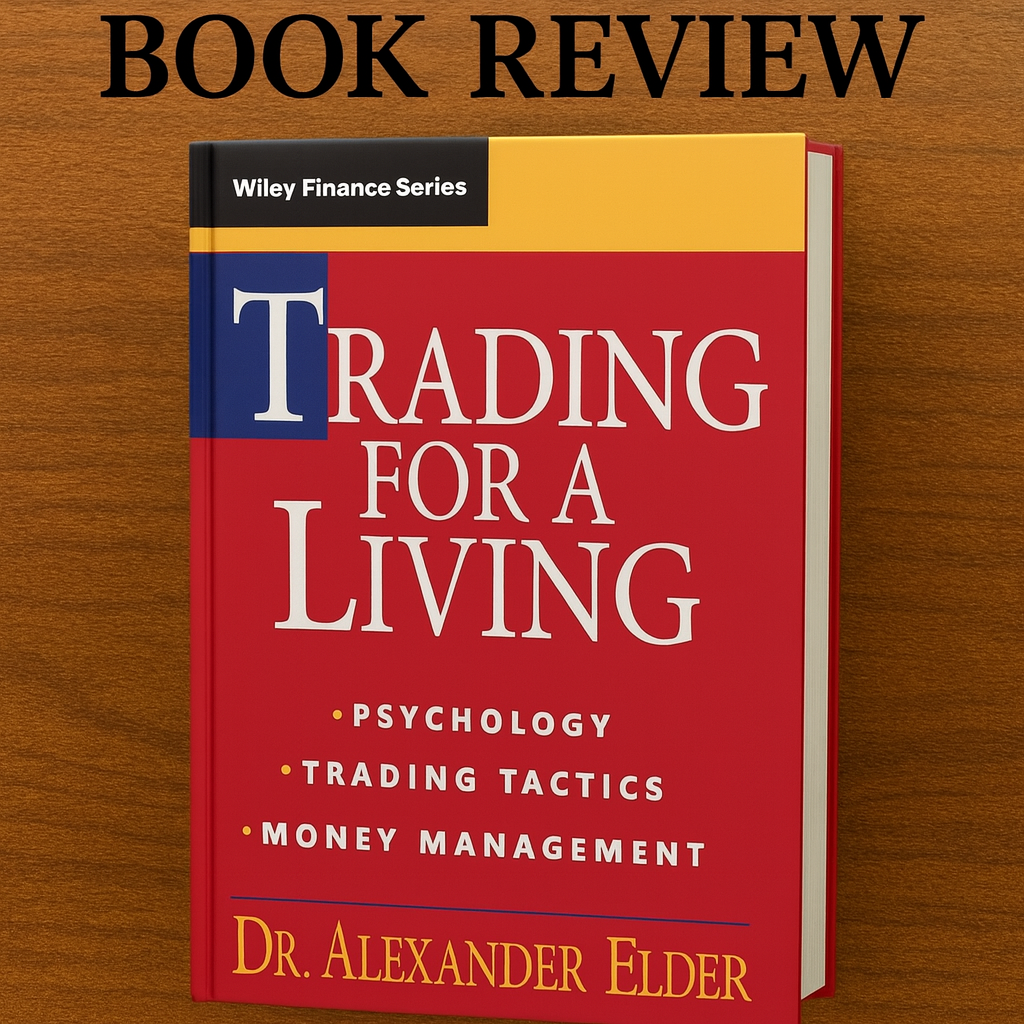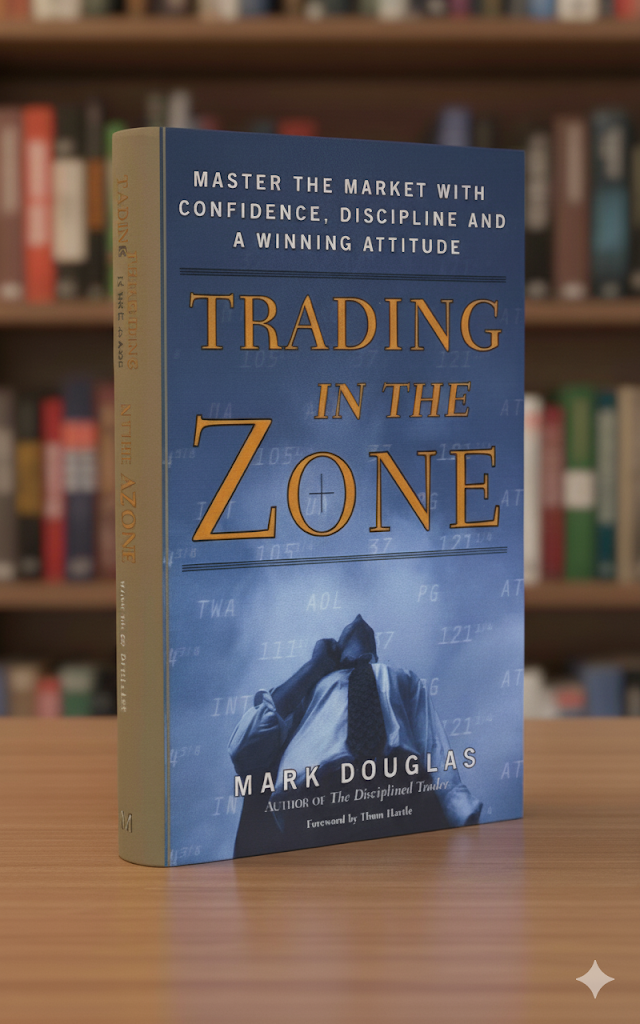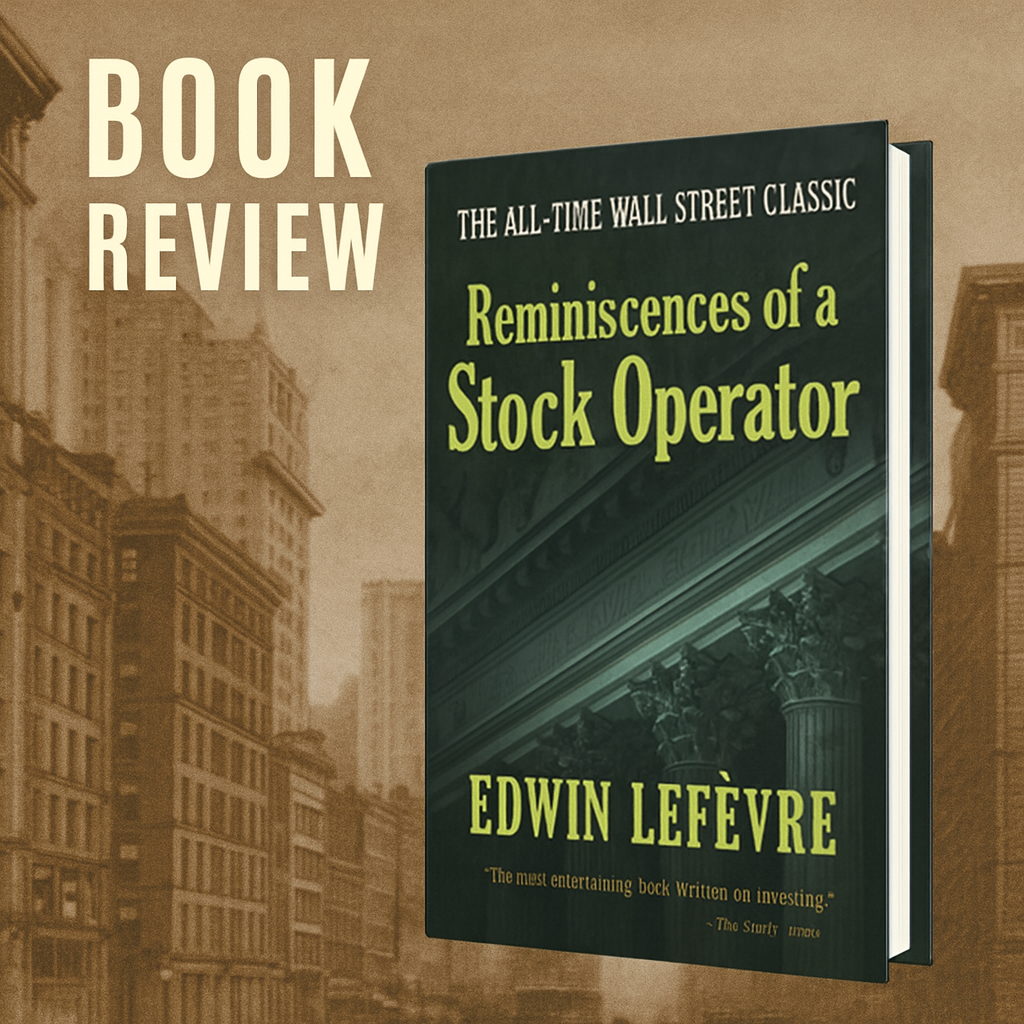Trading for a Living review: Alexander Elder shows that lasting results come from trader psychology, clear chart reading, and strict money management. Gain practical habits—journaling, sizing small, disciplined entries/exits—that protect capital and cut errors; learn why this method still works.
Alexander Elder’s Trading for a Living has been on the shelves of traders for more than three decades, and its staying power says a great deal about the book’s central message. First published in the early 1990s, it has become a staple for beginners and hobbyist investors, not because it promises secrets to instant wealth but because it insists that successful trading is less about clever predictions and more about mastering psychology, discipline, and risk.
That idea, radical at the time, remains just as urgent in today’s world of trading apps, online brokerages, and social media stock tips. Markets evolve, but human behavior—fear, greed, overconfidence—has not changed. Elder’s reminder that the real battlefield is inside the trader’s mind makes this book as relevant now as it was thirty years ago.
The Three Pillars
At its heart, the book offers three pillars.
Psychology
Elder writes not as a detached analyst but as a practicing psychiatrist who understands how emotions drive bad decisions. He shows how traders get in their own way, chasing quick wins or holding on to losing positions out of pride. For him, discipline is not optional but the foundation of every profitable system.
Market Analysis
The second pillar is market analysis. Here Elder introduces the tools of technical trading—charts, moving averages, oscillators—without overwhelming readers in jargon. He makes clear that no indicator predicts the future with certainty, but each offers clues that, if read with patience, can tilt the odds in a trader’s favor.
Money Management
The third pillar is money management. This may be the most practical lesson of all: survival matters more than being right. Elder repeats that even the most skilled traders are wrong often, but the difference between professionals and amateurs is that professionals know how to keep losses small and protect their capital.
Together, these three ideas form the spine of his philosophy: trading is not about winning every trade, it is about building a repeatable process that keeps you in the game long enough for probabilities to work in your favor.
What Makes the Book Stand Out
What makes the book stand out is its clarity and balance. Unlike many trading guides that drown readers in equations or cheerlead with slogans, Elder walks between both worlds. His technical explanations are plain, and his psychological advice is grounded in science rather than platitudes.
He introduces concepts like keeping a trading journal or practicing with paper trades, which give beginners not just theory but concrete steps they can apply tomorrow. More importantly, he writes with the credibility of someone who has both succeeded and failed. Elder admits to costly mistakes, and this humility gives his warnings a human weight. For readers weary of flashy promises in finance books, this honesty is refreshing.
Limitations and Critiques
That said, the book is not flawless. Some examples feel stuck in the 1990s, with references to brokers and charting software that belong to a different era. While the principles remain valid, younger readers may find the context dated.
His focus also leans heavily toward technical analysis, leaving little space for fundamentals such as earnings, industries, or macroeconomics. Long-term investors who prefer Warren Buffett’s lens may find this perspective too narrow. And though his psychological advice is thoughtful, parts of it can read like common sense—“control your emotions,” “stick to your plan.” The real challenge, of course, is not understanding these rules but living them under pressure, something no book can fully teach.
Practical Habits for Retail Traders
For the ordinary retail trader, though, Elder’s lessons translate into practical habits. Treat trading like a business: keep records, measure results, and avoid gambling instincts.
Risk small, so no single mistake ruins your account; risk management, he stresses, is the seatbelt of trading. Expect losses as tuition fees for staying in the market rather than proof of failure. Control your emotions, because fear and greed whisper the most dangerous advice.
And most of all, focus on process, not prediction. Elder reminds us that no one can forecast tomorrow’s price with certainty. What matters is following a disciplined system where the odds, over time, lean in your favor.
Who Will Benefit
This orientation makes Trading for a Living especially useful for beginners and struggling traders. Finance students will find in it a bridge between academic theory and the messy reality of markets. Casual investors who want to peek into the mindset of active traders will also find value, even if they never trade full time.
Experienced institutional traders, by contrast, may see it as too elementary, since Elder does not teach advanced models or quantitative strategies. His book is not about hedge funds; it is about survival and consistency for individuals.
Conclusion and Rating
In the end, Trading for a Living earns its place as a modern classic because it reframes trading from a get-rich scheme into a demanding craft. Its great contribution is perspective: it tells new traders that success does not come from one brilliant trade, but from hundreds of disciplined decisions stacked over time.
Its flaws—the dated references, the heavy tilt toward technicals—do not erase the fact that its core lessons about psychology, risk, and process are timeless. For retail traders who face the noise of fast-moving platforms, TikTok gurus, and the temptation of easy gains, Elder’s calm, structured voice is a welcome compass.
If I were to score it, I would give it an 8.5 out of 10. It is not the final word on trading, but it is one of the best starting points. Beginners who want to step into markets with a clear head will find in it both a warning and a guide. Elder reminds us that trading is not about being a prophet; it is about being a survivor. And survival, in the long run, is the only path to living off the markets.









